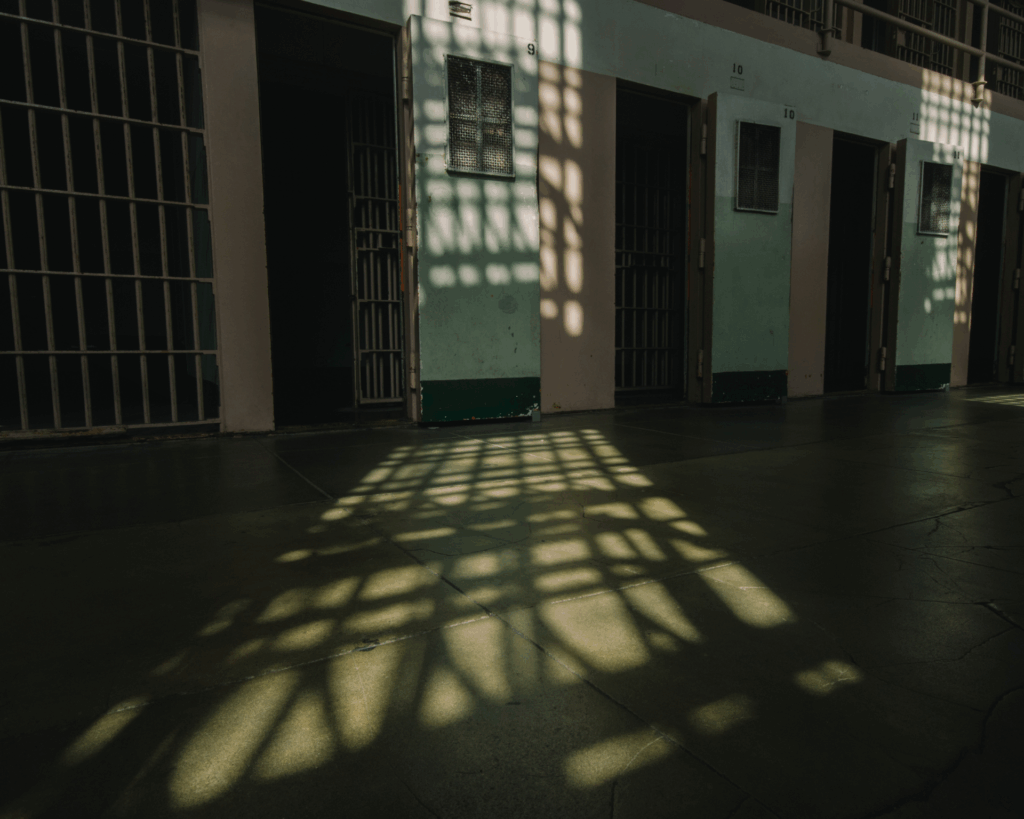A Call for Medicaid Programs that Fund Housing
Providing housing is an essential part of modern mental health systems and should be funded by Medicaid.

Read Time: 3 minutes
Published:
Housing is a basic human need and a key social determinant of health. Yet, for many people with mental health conditions, housing remains a critical unmet need.
A 2014 report by the Corporation for Supporting Housing describes housing as “one of the most basic and powerful” social determinants of health. According to the U.S. Department of Housing and Urban Development (HUD), at least one fifth of Americans experiencing homelessness have a serious mental illness. A Denver study found that, when individuals with mental illness were provided apartments and services to support their successful tenancy, 50% experienced improved health, 43% had better mental health outcomes, and 15% reduced substance use.
Other efforts around the country have produced similar impressive results. They also have demonstrated that providing people with their own apartment and supportive services, often referred to as “supportive housing,” is cost-effective. One ground-breaking study showed that the cost of providing supportive housing could be funded through savings from reduced use of emergency rooms, hospitals, shelters, and law enforcement resources.
Armed with this knowledge, the federal government should allow the Medicaid program to finance housing. The availability of federal Medicaid matching funds has resulted in significant state investments in community services, and it could similarly incentivize states to invest in housing.
Providing housing is an essential part of modern mental health systems.
The way to start is with Medicaid pilot programs that confirm the benefits and cost-effectiveness of using Medicaid funds for housing. Such pilot programs are known as “demonstration waivers.” In these experiments, existing rules are “waived.” The federal government encouraged such experiments in addressing the COVID-19 public health emergency, creating a section 1115 demonstration opportunity. A similar opportunity could be developed to address unmet housing needs. Currently, only North Carolina and California have “demonstration waivers” that use Medicaid for housing. The federal government should encourage and support a vast increase in such programs.
Homelessness is a solvable problem. Rental subsidies have long been used to make housing affordable and available to people with disabilities. However, the federal and state programs that subsidize housing, such as the Section 8 program operated by HUD, are limited in scope. It is challenging for people receiving public mental health services to find affordable housing. Two Social Security programs are the main source of income for people with disabilities. But the monthly benefit from these programs is insufficient to cover market rents in most areas of the country.
Medicaid can and should close this gap. The federal government has allowed demonstration waivers allowing Medicaid funds to pay for institutions, known as “Institutions for Mental Diseases,” or “IMDs.” However, a large federal study has found that this service model does not reduce use of emergency rooms or otherwise improve the quality of care. If it is alright for Medicaid to pay for housing people in institutions, it should be alright for Medicaid to pay for housing people in the community.
Such waivers would demonstrate that funding housing is budget neutral. Supportive housing has been shown to significantly reduce costs for hospital, emergency departments, homeless shelters, and law enforcement, including jail costs. Expanding access to housing would also avert the need to house people in IMDs, allowing people to remain in their own homes and communities.
Providing housing is an essential part of modern mental health systems. As the primary funder of our public health and mental health care in our country, Medicaid should fulfill its mission to support our most vulnerable community members by including housing as core component of its program.
Photo via Getty Images




